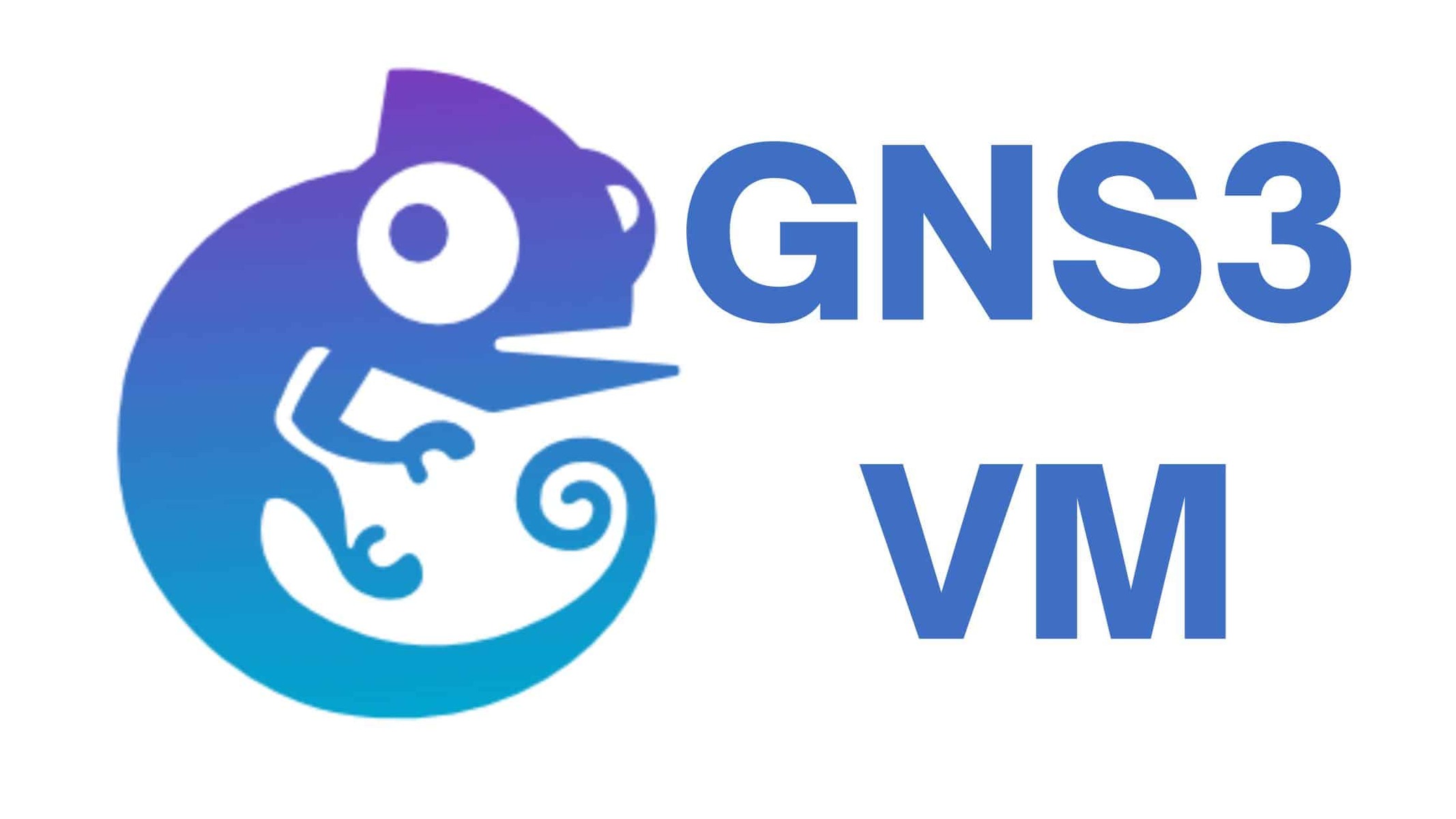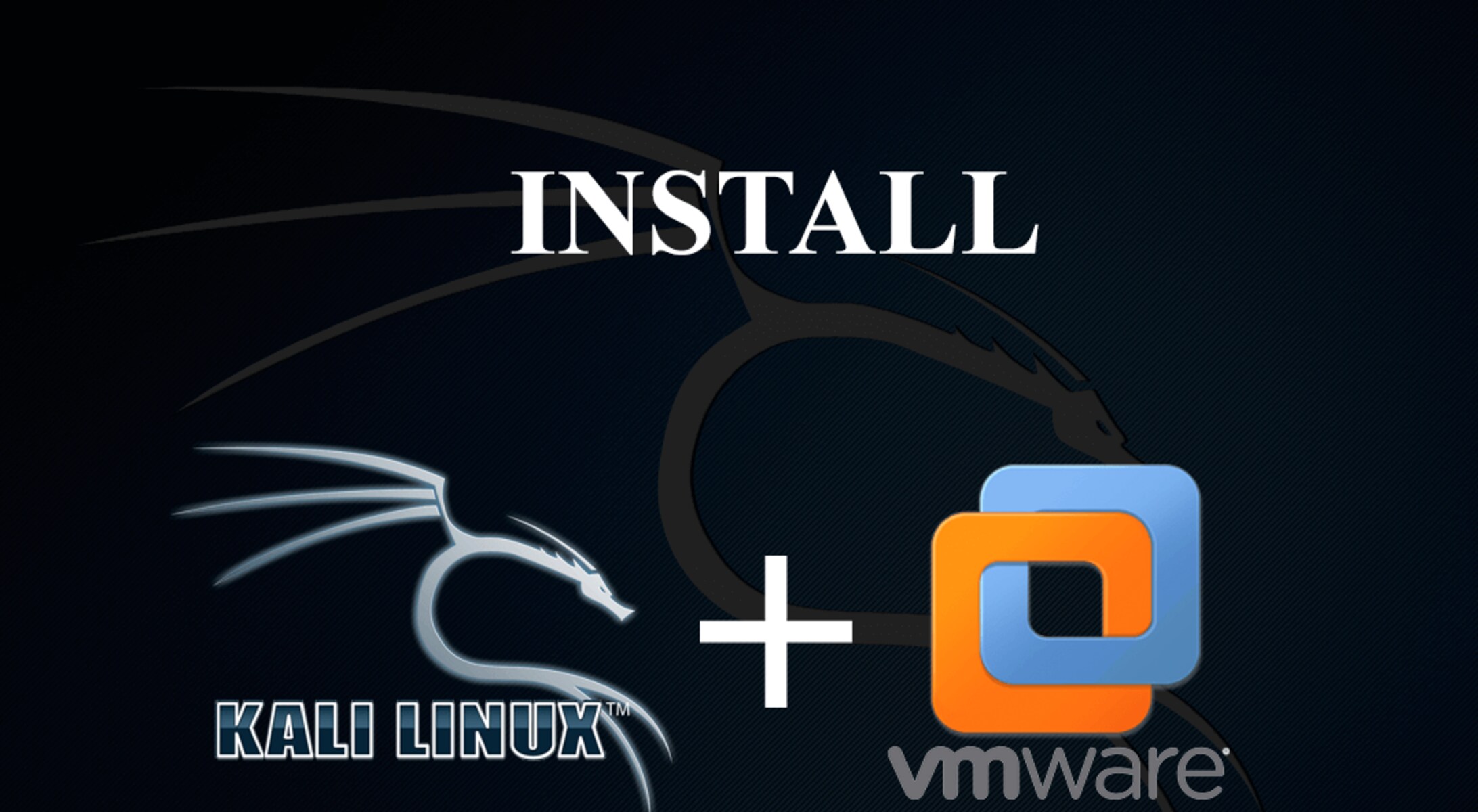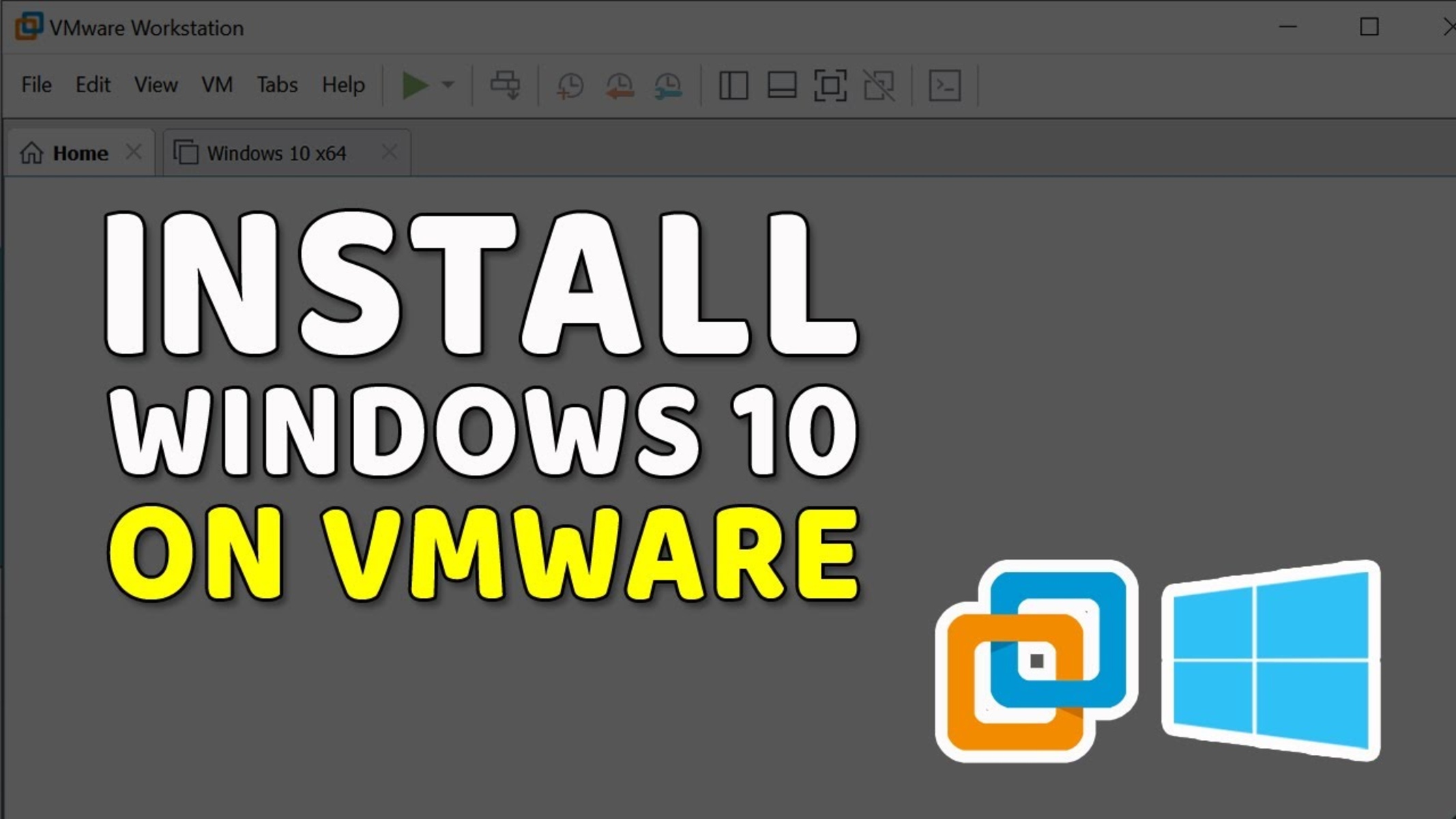Introduction
Welcome to the world of VM Workstation and Puppet! In this guide, we will walk you through the process of downloading and setting up Puppet on VM Workstation. Whether you are a developer, system administrator, or IT professional, this comprehensive tutorial will help you harness the power of Puppet on your virtual machine environment.
VM Workstation, developed by VMware, is a powerful virtualization software that allows you to run multiple operating systems on a single physical machine. It provides a secure and isolated environment for testing software, setting up network simulations, or simply exploring different operating systems without affecting your primary system.
Puppet, on the other hand, is an open-source configuration management tool that helps you automate the deployment and management of software and infrastructure. By using Puppet, you can ensure consistent configurations across your servers, reduce manual errors, and save time and effort in managing complex IT infrastructures.
By combining VM Workstation and Puppet, you can create a virtualized environment where you can test, deploy, and manage applications and services with ease. This tutorial will guide you through the step-by-step process of downloading VM Workstation, installing it on your machine, setting up a virtual machine, and then downloading and configuring Puppet on the virtual machine.
Throughout this tutorial, we will provide detailed instructions, screenshots, and tips to help you successfully set up Puppet on VM Workstation. Whether you are a beginner or have prior experience with virtualization and configuration management tools, this guide will provide the knowledge and skills you need to get started with Puppet on VM Workstation.
So, let’s dive in and begin the journey of harnessing the power of Puppet on VM Workstation. Follow the steps outlined in this guide, and you will be on your way to automating and managing your IT infrastructure like a pro. Let’s get started!
Step 1: Downloading VM Workstation
The first step towards setting up Puppet on VM Workstation is to download the VM Workstation software itself. Follow the instructions below to acquire the installer and prepare for the installation process.
1. Open your web browser and navigate to the official VMware website.
2. Look for the “Downloads” or “Products” section on the website and find the VM Workstation product page.
3. Once on the VM Workstation product page, you will see different versions and editions available for download. Choose the version that is compatible with your operating system.
4. Click on the “Download Now” or similar button to initiate the download process. You may be prompted to create a free VMware account or log in if you already have one.
5. Depending on your internet connection, the download may take some time. While the download is in progress, make sure to close any unnecessary applications to optimize your system’s performance.
6. Once the download is complete, locate the installation file in your Downloads folder or the location where your browser saves downloaded files.
7. Double click on the installation file to start the installation process. If prompted by the operating system’s security features, confirm that you want to run the installer.
8. Follow the on-screen instructions provided by the VM Workstation installer. Review and agree to the license terms, choose the installation location, and select any additional features or options you may want to include.
9. Click on the “Install” button to begin the installation process. Depending on your system’s performance, it may take a few minutes to complete the installation.
10. Once the installation is finished, you will be notified that VM Workstation is now installed on your computer. Close the installer and proceed to the next step to set up a virtual machine.
Congratulations! You have successfully downloaded VM Workstation onto your computer. Now that you have the virtualization software installed, you are ready to move on to the next step of setting up a virtual machine to host Puppet.
Step 2: Installing VM Workstation
Now that you have downloaded the VM Workstation software, it’s time to install it on your computer. Follow the step-by-step instructions below to complete the installation process and get ready to set up your virtual machine.
1. Locate the downloaded installation file of VM Workstation on your computer. It is usually saved in your Downloads folder or the location you specified during the download process.
2. Double click on the installation file to launch the installer. If prompted by your operating system’s security features, confirm that you want to run the installer.
3. The installer will show you the VM Workstation setup wizard. Click on the “Next” button to proceed.
4. Review and accept the license agreement terms to continue with the installation.
5. Choose the installation directory where you want to install VM Workstation. The default location is usually recommended, but you can select a different location if desired. Click on “Next” to proceed.
6. On the next screen, you will be asked to select the Enhanced Keyboard Driver option. It is generally recommended to enable this option for better keyboard performance within virtual machines. Select the option and click “Next.”
7. In the next step, you can choose to customize the product features by selecting or deselecting various options. If you are unsure, it is recommended to leave the default settings. Click “Next” to continue.
8. The installer will ask you to choose whether you want to check for product updates automatically or manually. Select the desired option and click “Next.”
9. On the next screen, review the installation summary to ensure the settings are as desired. Click “Install” to start the installation process.
10. The installation may take a few minutes to complete. Once the installation is finished, you will see a confirmation message.
11. Click on the “Finish” button to complete the installation and launch VM Workstation.
Congratulations! You have successfully installed VM Workstation on your computer. Now you are ready to proceed to the next step and set up a virtual machine to run Puppet.
Step 3: Setting up a Virtual Machine
With VM Workstation installed on your computer, it’s time to set up a virtual machine (VM) to host Puppet. Follow the steps below to create and configure a VM in VM Workstation.
1. Launch VM Workstation. You will be greeted with the home screen, which displays your existing virtual machines (if any) and provides options to create a new VM. Click on the “Create a New Virtual Machine” button to begin.
2. The New Virtual Machine Wizard will appear. Select “Typical” and click “Next” to proceed with the default settings. If you have specific requirements, choose “Custom” and follow the wizard accordingly.
3. Choose the installation media for your virtual machine. If you have an ISO image or installation disc, select “Installer disc image file (ISO)” or “Installer disc” respectively. Click “Next” to continue.
4. Browse for the ISO image or select the physical disc drive where the installation media is located. Click “Next” once you have made your selection.
5. Enter the name for your virtual machine and choose the location where you want to save it. It is recommended to use a descriptive name and select a location with enough disk space. Click “Next” to proceed.
6. Specify the maximum disk size for your virtual machine. The default value is usually sufficient, but you can adjust it based on your needs. Click “Next” to continue.
7. Customize any additional hardware settings for your virtual machine, such as the number of processors or amount of memory. The wizard will recommend default values based on your system’s capabilities. Make any desired adjustments and click “Next.”
8. Review the summary of your virtual machine settings. If everything looks correct, click “Finish” to create the virtual machine. VM Workstation will begin creating and configuring the VM based on your settings.
9. Once the VM creation process is complete, you will see the new virtual machine listed in the VM Workstation home screen. Select the VM and click “Power On” to start it.
Congratulations! You have successfully set up a virtual machine in VM Workstation. In the next step, we will focus on downloading and installing Puppet on the virtual machine.
Step 4: Downloading Puppet
In this step, we will guide you through the process of downloading Puppet, the powerful configuration management tool, onto your virtual machine. Follow the steps below to acquire the Puppet installer package.
1. Open a web browser within your virtual machine and navigate to the official Puppet website.
2. Look for the “Get Started” or “Downloads” section on the website and find the Puppet download page.
3. On the Puppet download page, you will see the available versions and editions of Puppet. Select the appropriate version based on your operating system and requirements.
4. Choose the download option that suits your needs. You may have options such as downloading the open-source version, the enterprise version, or specific modules and packages. Select the desired option and click on the download link.
5. Depending on your internet connection speed, the download may take a few minutes. While the download is in progress, it’s a good time to ensure that your virtual machine has enough disk space and resources to accommodate the Puppet installation.
6. Once the download is complete, locate the downloaded Puppet installer package. It is usually saved in the Downloads folder or the default location specified by your web browser.
7. If the Puppet installer is in a compressed format, such as a ZIP file, extract its contents to a suitable location on your virtual machine.
Congratulations! You have successfully downloaded Puppet onto your virtual machine. In the next step, we will proceed with the installation of Puppet on the virtual machine.
Step 5: Installing Puppet on the Virtual Machine
Now that you have downloaded the Puppet installer package, it’s time to install Puppet on your virtual machine. Follow the steps below to complete the Puppet installation process.
1. Open the file explorer on your virtual machine and locate the Puppet installer package that you downloaded in the previous step.
2. Double click on the installer package to begin the installation process. If prompted by your operating system’s security features, confirm that you want to run the installer.
3. The Puppet installation wizard will appear. Click “Next” to proceed.
4. Review and accept the license agreement terms to continue with the installation.
5. Choose the destination folder where you want to install Puppet. The default location is usually recommended, but you can select a different location if desired. Click “Next” to proceed.
6. On the next screen, you may be presented with options to customize the installation. Select the desired components and features that you want to install. If you are unsure, it is generally recommended to go with the default settings. Click “Next” to continue.
7. The installer may prompt you for additional details or configuration options. Provide the necessary information or make the desired selections. Click “Next” to proceed.
8. Review the summary of your Puppet installation settings. If everything looks correct, click “Install” to start the installation process.
9. The installation may take a few minutes to complete. A progress bar or status indicator will show the installation progress.
10. Once the installation is finished, you will see a confirmation message indicating that Puppet has been successfully installed on your virtual machine.
Congratulations! You have now installed Puppet on your virtual machine. In the next step, we will proceed with configuring Puppet to prepare it for use.
Step 6: Configuring Puppet
After installing Puppet on your virtual machine, the next step is to configure it to suit your specific needs. Follow the steps below to complete the configuration process and prepare Puppet for use.
1. Open the Puppet configuration file on your virtual machine. The file is typically named “puppet.conf” and can be found in the Puppet installation directory. Use a text editor to open the file.
2. Review the default configuration settings in the “puppet.conf” file. This file allows you to customize various aspects of Puppet’s behavior, such as the server address, certificate settings, log file location, and more.
3. Modify the configuration settings as needed. For example, if you want to use a specific Puppet server, update the “server” option with the appropriate server address. Make any other necessary changes based on your requirements.
4. Save the changes to the “puppet.conf” file and close the text editor.
5. Open a command prompt or terminal window on your virtual machine.
6. Run the Puppet agent command to initiate the configuration process. This command varies depending on the operating system and Puppet version, but it is typically something like “puppet agent -t” or “sudo puppet agent -t”.
7. Wait for Puppet to start the configuration process. It may take a few moments, and you will see progress updates in the command prompt or terminal.
8. Once the configuration process is complete, review the output for any errors or warnings. Address any issues that are identified, if necessary.
9. Test Puppet’s functionality by running a simple command or manifest. For example, you can create a basic Puppet manifest to ensure that it can apply changes to the system.
10. If the test is successful, Puppet is now configured and ready to use. You can begin managing your infrastructure using Puppet’s powerful features.
Congratulations! You have successfully configured Puppet on your virtual machine. In the next step, we will move on to testing Puppet on VM Workstation to ensure everything is working smoothly.
Step 7: Testing Puppet on VM Workstation
Now that Puppet is configured on your virtual machine, it’s time to test its functionality on VM Workstation. Follow the steps below to ensure that Puppet is working correctly and can effectively manage your infrastructure.
1. Open a command prompt or terminal window on your virtual machine.
2. Run the Puppet agent command to trigger Puppet’s management process. This command is typically something like “puppet agent -t” or “sudo puppet agent -t”. It will instruct Puppet to apply any changes specified in your manifests.
3. Wait for Puppet to complete the management process. It will apply changes to the system based on the instructions defined in your Puppet manifests.
4. Monitor the command prompt or terminal output for any errors or warnings. If any issues are detected, review your manifests and configuration settings to address them accordingly.
5. Once the management process is complete, verify that the desired changes have been applied to your system. This could include the installation of software packages, configuration changes, file modifications, and more.
6. Perform additional tests to ensure Puppet is working as expected. For example, you can define and apply a new manifest that alters system settings or installs additional software.
7. Monitor the system to ensure that Puppet continues to manage and maintain the desired state of your infrastructure. If any issues arise, investigate the error logs and manifest configurations to identify and resolve the problem.
8. Iterate and refine your Puppet manifests and configurations as needed. Puppet offers a wealth of features and functionalities, so experiment with different settings to achieve optimal results for your specific use case.
By testing Puppet on VM Workstation, you can confirm that it is successfully managing your infrastructure and applying changes as instructed. This ensures that your systems are configured consistently and saves time and effort compared to manual management processes.
Congratulations! You have successfully tested Puppet on VM Workstation. Now you can confidently leverage Puppet’s capabilities to automate and streamline your infrastructure management tasks.
Conclusion
Setting up Puppet on VM Workstation is a powerful combination that allows you to automate and manage your infrastructure with ease. In this guide, we have walked you through the process of downloading VM Workstation, installing it on your computer, setting up a virtual machine, downloading Puppet, installing Puppet on the virtual machine, configuring Puppet, and testing its functionality on VM Workstation.
VM Workstation provides a virtualized environment where you can run multiple operating systems and test software, network simulations, and more. By installing Puppet on VM Workstation, you can leverage its configuration management capabilities to ensure consistent deployments, reduce manual errors, and save time in managing complex IT infrastructures.
Throughout the steps outlined in this guide, we have provided detailed instructions to help you successfully set up Puppet on VM Workstation. By following these steps, you have acquired the knowledge and skills necessary to start using Puppet effectively in your virtual machine environment.
Remember to regularly update Puppet and its configuration settings to ensure that it remains up to date and aligned with your infrastructure requirements. Additionally, familiarize yourself with Puppet’s documentation and resources to make the most of its advanced features and functionalities.
Now that you have completed the installation, configuration, and testing of Puppet on VM Workstation, you are ready to automate and manage your infrastructure with efficiency and reliability. Take advantage of the power of Puppet to streamline your IT operations, reduce manual effort, and ensure consistent configurations across your servers.
Thank you for following this guide, and we hope it has provided you with the necessary knowledge to get started with Puppet on VM Workstation. Happy automating!

























